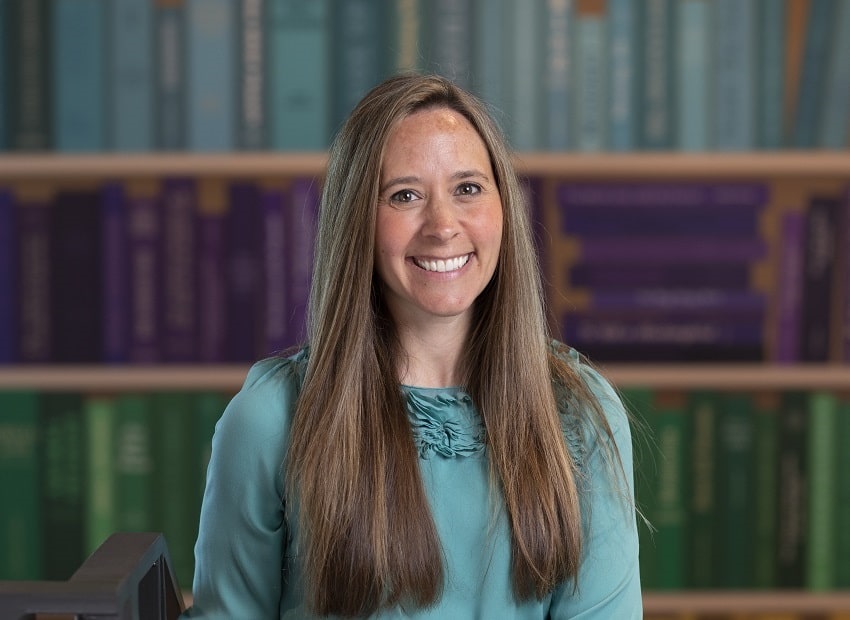Behind the Admissions Process: What is Yield Protection?
As fall rolls into winter, more admission decisions will be released. This is the moment you have been waiting for! It is filled with excitement, trepidation, and expectation, and you may find you or your student comparing admission results to those of other students. It’s human nature to do this, and to question and examine results, particularly when using hard data such as class rank and GPA. It may play out that a student at your school is accepted to a university, while another student with a higher GPA is deferred or denied from that same campus. Some students and families may blame the results on something called “yield protection.” Yes, yet another term for you to learn about in the college admission process.
Understanding Yield
To understand what yield protection is, you must first understand yield. Yield is the percent of admitted students who actually enroll in a college. For example, if a college admits 5,000 students and 1,000 ultimately decide to enroll, then the school’s yield is 20%. NACAC’s most recent state of admissions report shared that the average yield rate nationally for first-time freshmen was 33.6%. More prestigious schools may have yield rates as high as 85%. A high yield rate like this means that very few students decline the school’s offer of admission, which can often lead to increased desirability and attract even more applicants.
Yield is important to many colleges as historical yield data helps the college predict how many students they should admit to meet their enrollment target. If the school historically sees high yield rates, they can admit fewer students. On the other hand, colleges that see lower yield rates may need to admit more students because they know only a small fraction of those admitted applicants will enroll. These schools may focus on strategies to increase their yield, frequently with the intention of increasing desirability and selectivity.
What is Yield Protection?
Yield protection is a practice admission offices are rumored to use in order to increase their yield by admitting slightly less qualified students who they believe will ultimately enroll, while deferring, waitlisting, or denying more qualified candidates. (You may also hear this practice referred to as being “yield conscious.”) The theory behind this is that those more qualified candidates may be more likely to enroll at a more selective institution, and only applied to the less selective institution as a “safety school” or backup plan. The less selective institution hopes to improve yield by prioritizing students they believe are more likely to enroll, even if their academic profile is less impressive than that of other applicants.
None of the admission offices I worked at implemented such a practice directly, however even as a director at a school where we admitted most of the applicants, I was continually trying to predict which students were more likely to enroll so that we could increase our yield and better attract students who were a good fit for our institution.
What Do You Mean by “Good Fit”?
Just like you are looking for a best fit college, many colleges are looking for a best fit student. A school with a quirky campus culture may be more focused on maintaining that culture, prioritizing that over things like GPA. Another school may have goals to increase the number of students from the West Coast, while another wants to balance out their class with more students accomplished in music. These factors can become even more magnified at highly selective institutions. Each university has their own set of priorities and goals and will use the pool of applicants to set them up to reach those targets.
It is also important to remember that many factors go into an admissions decision. Slight differences in GPA may result in unexpected outcomes because college admissions counselors are considering everything from grade trends, rigor of courses, activities, accomplishments, essays, letters of recommendation, geography, and more. So, as you try to compare yourself or your student to others, keep in mind there are many factors at play and decisions cannot be understood by comparing GPA or test scores alone.
So, What Should I Do about Yield Protection?
I am firm believer that the best thing to do when applying to colleges is to focus on the pieces of this process you can control. Create a balanced college list so you ensure you have multiple options to choose from at the end of this process. Focus on putting together the best possible application that highlights who you are, how you’ve grown through high school, your academic achievements, and what makes you YOU.
One thing you can control is how you interact and engage with schools that track demonstrated interest. You can determine if a school tracks this factor by viewing their Common Data Set, which is published by most institutions and easily searchable online. Even if you’re unsure if a school tracks demonstrated interest, visiting campus or attending a virtual info session can help you learn even more about the school. Most importantly, be sure to respond to any requests you receive from the schools you applied to. It is important to check your email and school portals regularly to ensure your application is complete and no additional information is needed.
As decisions begin to roll out, try and focus on your own outcomes and your own process. Congratulate and celebrate the achievements of your classmates but try not to compare. This is such an exciting time in your life as you begin to consider where you want to continue your education. Have confidence in the application you have put together. You will end up somewhere great.






